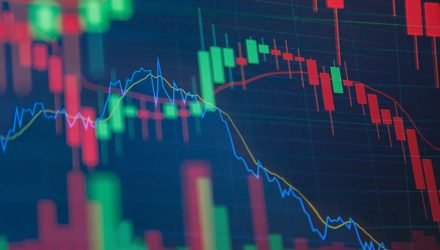The turning over of the new year has seen all manner of predictions for markets and inflation, but the majority tend to agree about trends for this year. T. Rowe Price, however, has some differing perspectives that go contrary to what many advisors are predicting regarding stagflation, the supply chains, and China.
Rick de los Reyes, portfolio manager for macro and absolute return strategies as well as co-portfolio manager for the multi-strategy total return fund, spoke to these perspectives in a recent insights video.
He explains that the analysis of an environment of stagnating growth and rising inflation (dubbed stagflation) will prove incorrect. T. Rowe Price believes that inflation isn’t linked to repressed demand like what was experienced in the 1970s but instead is independent of growth.
“We think that most of the inflation that we’re currently experiencing in the U.S. is a function of temporary supply tightness and logistical issues which in turn are a function of labor shortages due to COVID-19 and the impact of the associated fiscal policies used to combat the pandemic,” de los Reyes says.
The company believes that as the fiscal stimulus recedes alongside the virus and stimulus payments end, more people will return to work, helping to alleviate the inflationary pressures from labor shortage. De los Reyes explains that the chances of inflation continuing to grow at the rates it did in 2021 would be highly statistically unlikely and that it is likely to taper in 2022.
The supply chain is showing signs of recovery after a year of extreme demands driven by the pandemic running headlong into labor shortages. This can be seen in areas such as semi-conductors, where production is once again rising after delays created a shortage-driven domino effect across several industries in the last year.
“We think there may be an opportunity to try to take some profits in these areas of the market,” de los Reyes says.
Pivoting to discuss China, the consensus is that investors should get more constructive on investments in China by listening to the signals from the Chinese government. De los Reyes discusses how the Chinese government made their intentions clear regarding a reduction in financial stimulus, which would drive equity growth down and lead to a credit down-cycle, which is what ultimately happened.
The defaulting of two of China’s largest property developers as well as some smaller developers is the potential bottom of the Chinese credit cycle, as T. Rowe Price doesn’t see the government letting an entire sector default.
“The central bank already cut interest rates and now the government is telling the banks to continue to extend credit to property developers for existing projects. Signals like that are usually a good indicator that it’s time to start getting more constructive on Chinese assets as we head to 2022,” de los Reyes explains.
For more news, information, and strategy, visit the Active ETF Channel.








